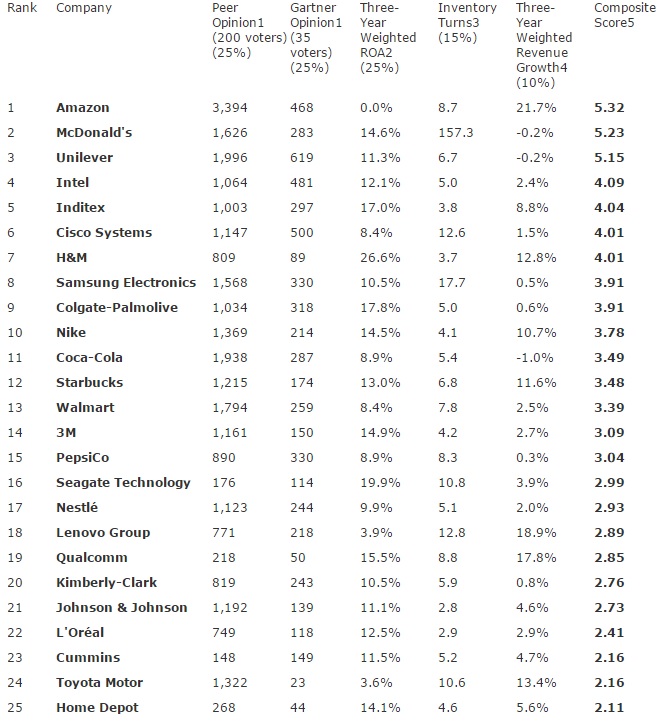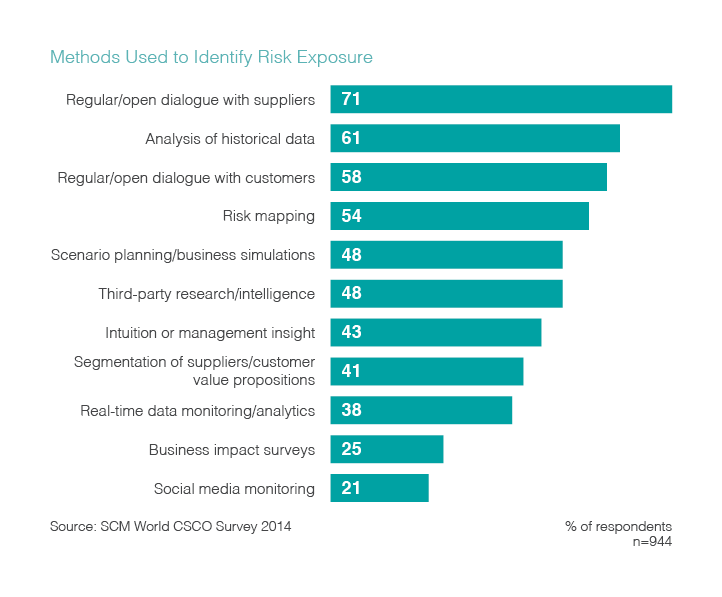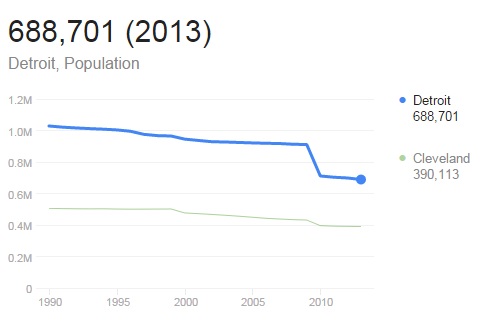
- Could Detroit become the next Silicon Valley?
I have actually talked about this before… I actually think the urban setting and rock bottom real estate costs could lure young technical people who have been passed over to make something new. It has the right mix of social cause and opportunity. The city just needs to get out of its own way.Amazon announced plans at the end of September to help continue this growth by creating a center of technology in downtown Detroit. The tech giant plans to build a corporate office to bring more full-time technology jobs to Michigan. And as a friendly introduction to the city, Amazon donated 30 Amazon Fire tablets to the Carver STEM academy program in the Detroit Public Schools, as well as $10,000.
- Federal IT outsourcing spend alarmingly poorly managed
Leading companies approach IT outsourcing strategically, taking an aggregate approach to managing IT services spending rather than making such purchases on a piecemeal basis. By doing so, they achieve four to 15 percent savings on these services annually, according to the GAO. While this report noted that efforts by these federal departments to better manage their IT outsourcing has improved in recent years, with each agency designating officials and creating offices to identify and implement strategic sourcing opportunities, it found that most of these agencies’ IT spending “continues to be obligated through hundreds of potentially duplicative contracts that diminish the government’s buying power.”
- IT Vendor Risk Management: Improving but Still Inadequate
1. Nearly half of critical infrastructure organizations DO NOT conduct IT vendor security audits on a regular basis. These are the very firms that provide us with electricity, financial services, health care, telecommunications, etc. Very scary.
2. Critical infrastructure organizations are especially lax around the security of third-party distributors. This is especially troubling since distributors not only source IT products as a proxy for customers but also provide value-added services (i.e. configuration, customization, installation, etc.). This gives distributors absolute carte blanche to corrupt otherwise clean hardware and software.
- 3 Plays Great Coaches Use to Deliver Criticism
I don’t know if feedback has to be all sunshine and puppy dogs, but I do think it should be focused and not stated in generalizations. Critiques should be made with specific examples and then provide suggestions to avoid them (especially for younger workers).Good coaches don’t let an error overshadow what the player has done right all game. They complement the athlete on something they did well that half or an aspect of their game that they are improving. This shows the athlete that the coach isn’t just looking at them when they mess up, but that they recognize and appreciate the athlete’s strengths as well. The same is true in the workplace. Support your teammate and let them know where they have been excelling. The rule of thumb is five positive comments for every negative one. Interestingly, research on relationships both in and out of the business world has found that a similar ratio works for delivering criticism. Psychologist John Gottman analyzed married couples and found the single biggest determinant of divorce is the ratio of positive to negative comments the partners make to one another. The happiest couples demonstrated a ratio of about five positive comments for every negative one they delivered.
- Box CEO: ‘I’m the biggest anti-shadow IT person’
CIOs didn’t get it, or chose not to, so Box initially circumvented CIOs, taking the product to departmental line of business managers. And when the software went viral, seeping its way into other parts of the business, Levie and his sales team would call the CIO and tell them. That angered CIOs, who often blocked Box. So Box ceased calling IT departments, quietly building up its technology features and bolstering security to make the software more palatable for enterprises. Now a mature, public company itself, Box counts General Electric, AstraZeneca, Proctor & Gamble and others among its customers. “I feel your pain now, I understand why you blocked us for so long,” Levie told the audience.
- Is Your Team Starting to Look Like ‘The Walking Dead’? 3 Ways to Resurrect Team Morale.
Innovate, disrupt, re-think. These are all key phrases in leadership buzzword bingo these days. Yet, all too often, companies don’t create a culture that really empowers people to take the healthy risks needed to bring about this kind of change. Speaking from personal experience, I was once fired for speaking my mind and challenging the status quo at one of my previous employers.
You never know where the next great idea in your company might come from. So, it’s critical that leaders create a culture where employees know they will be heard and, more importantly, supported in seeing their ideas through to fruition.
Photo: Jordan McQueen






